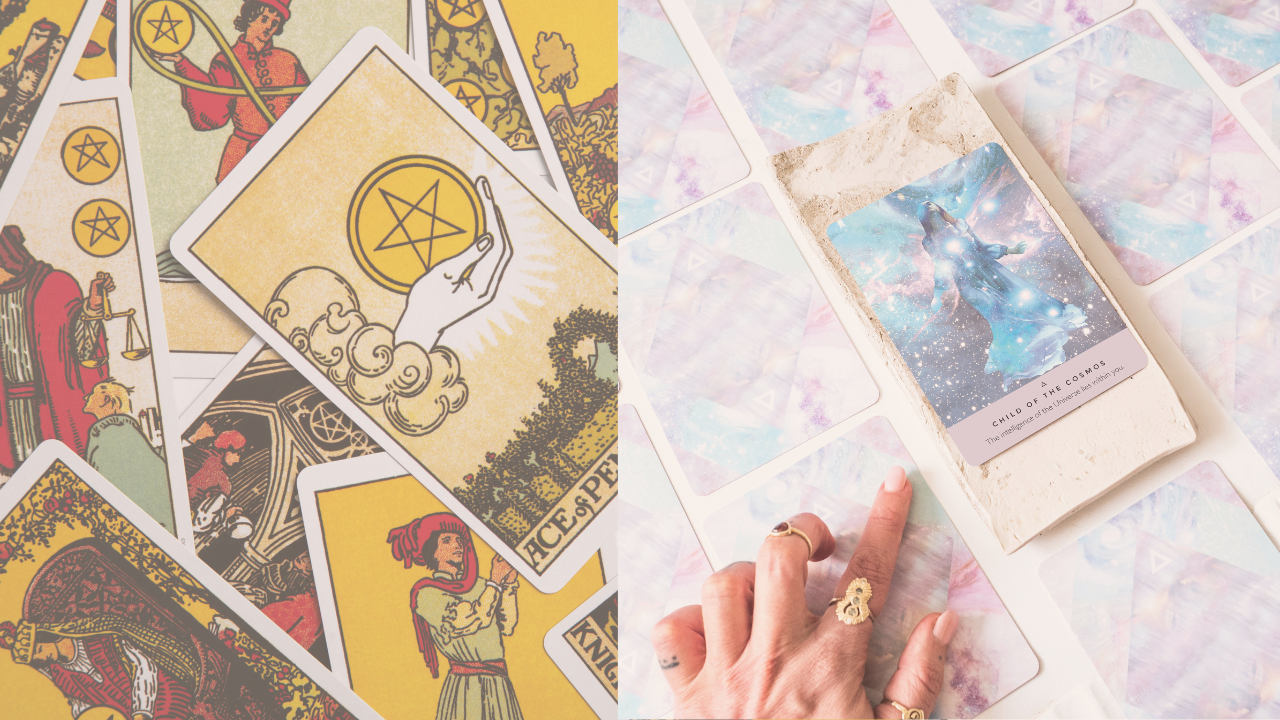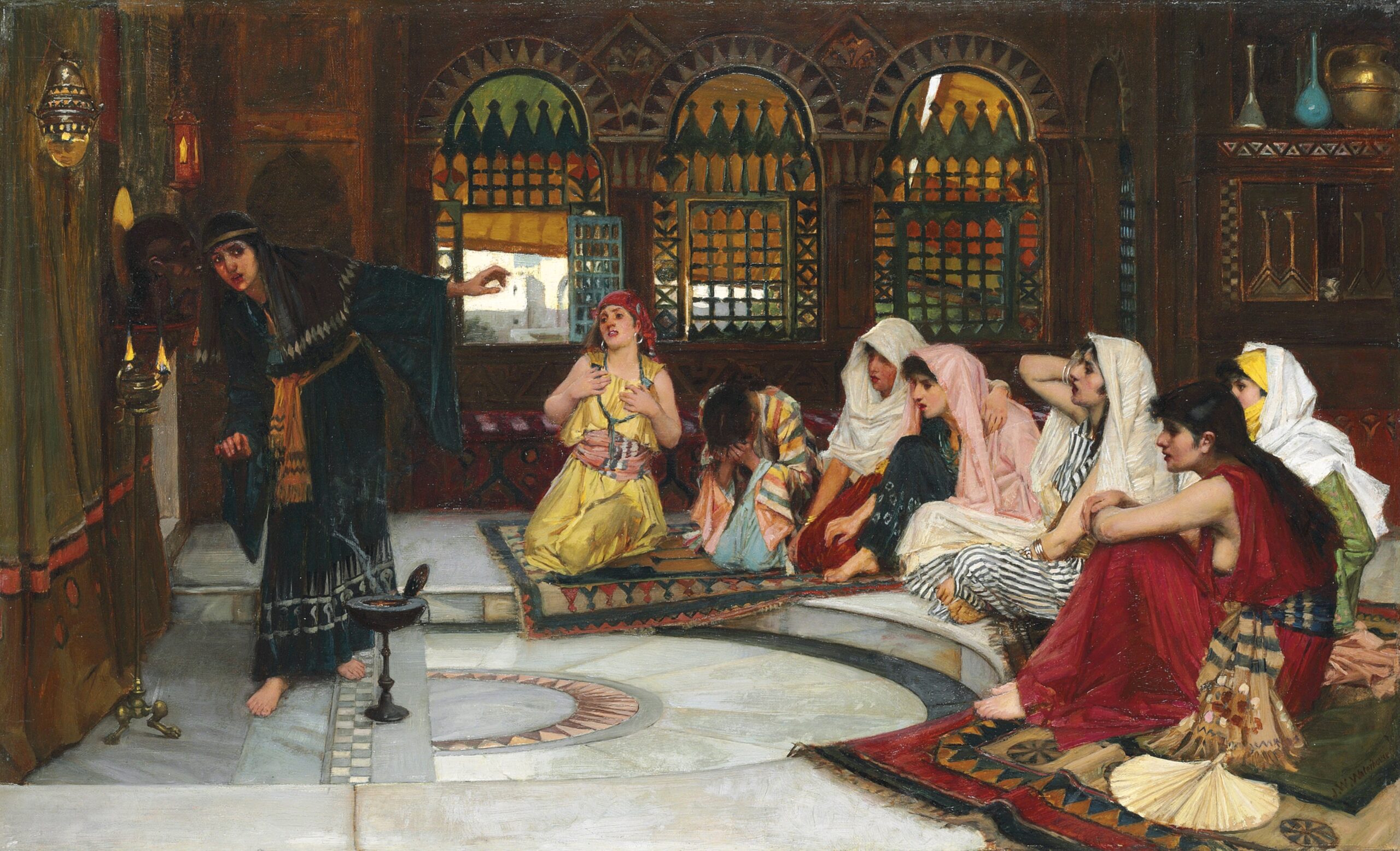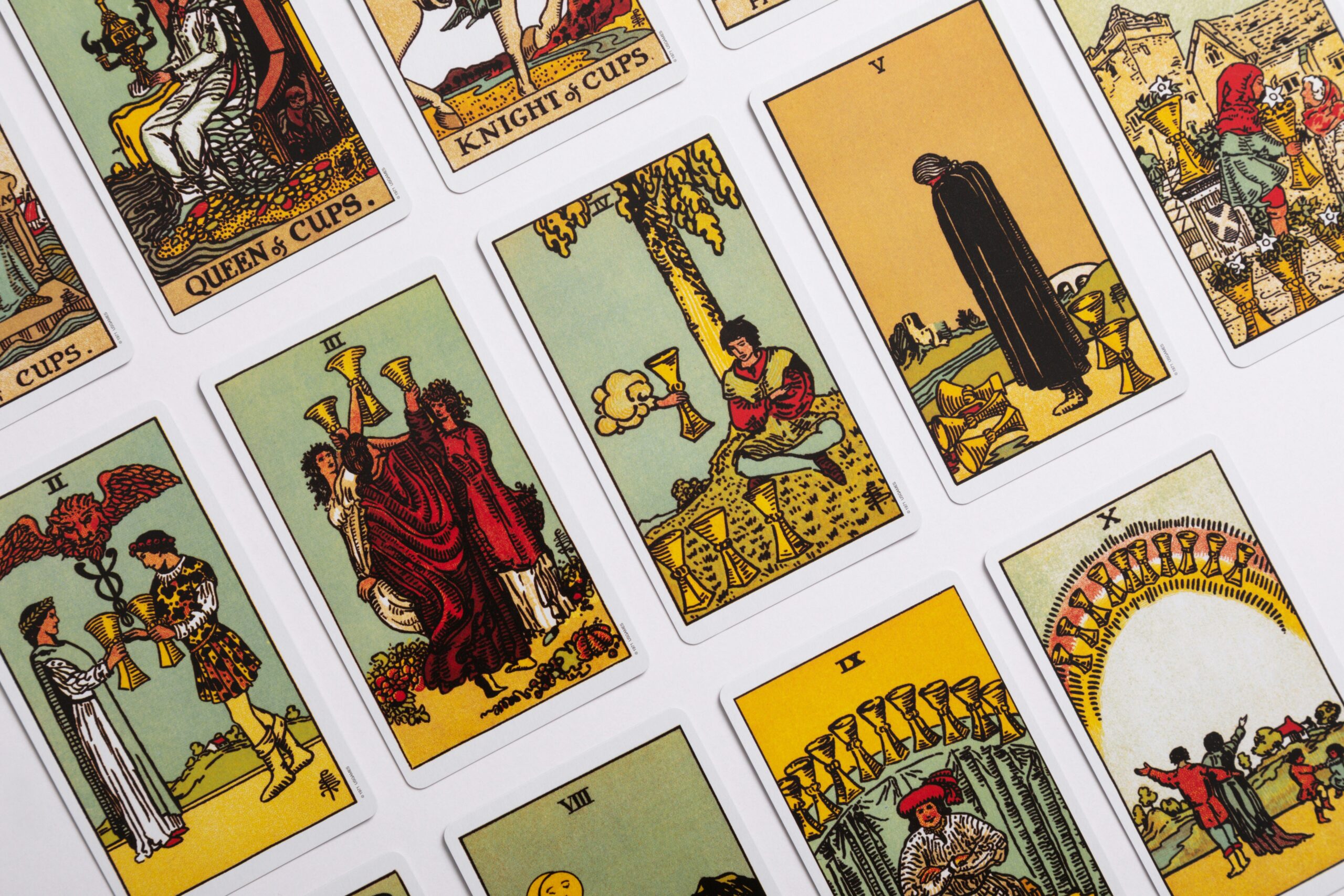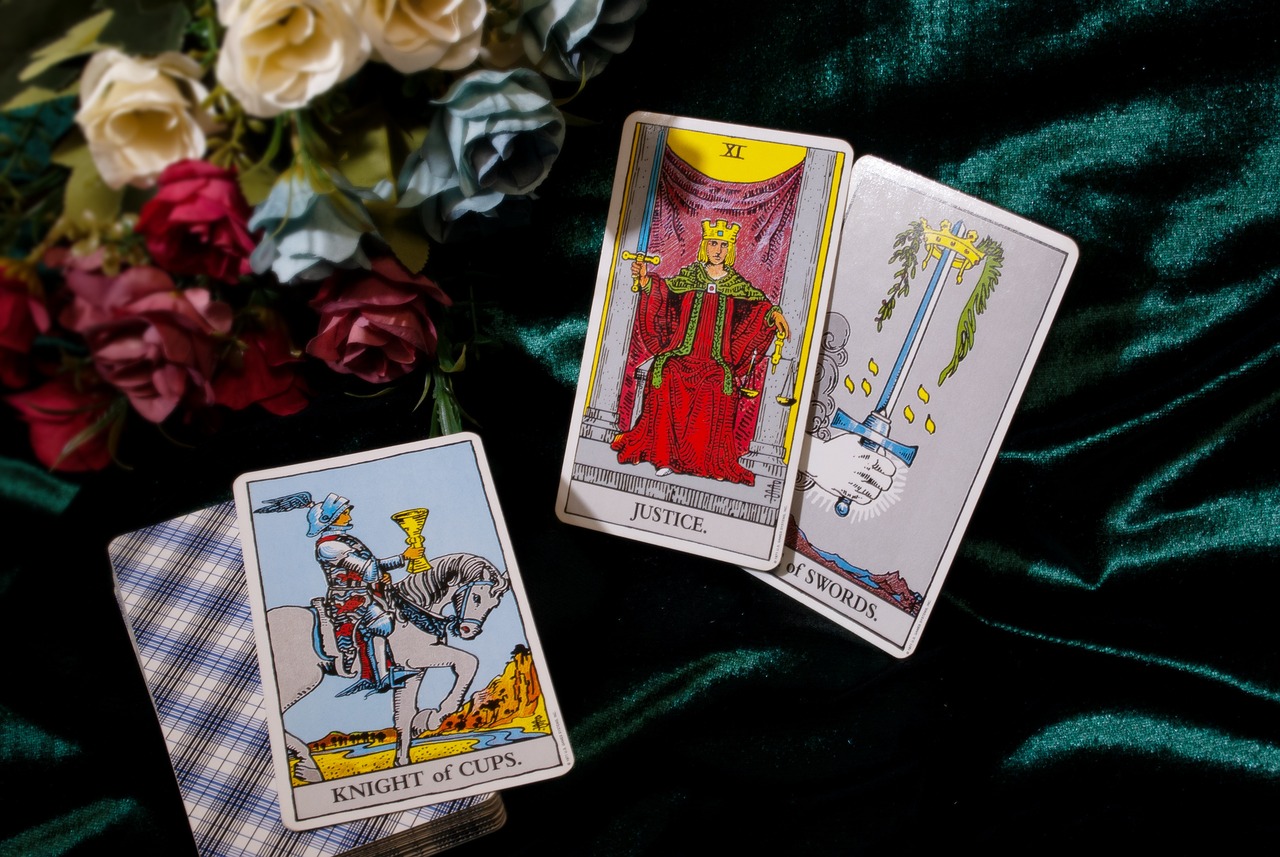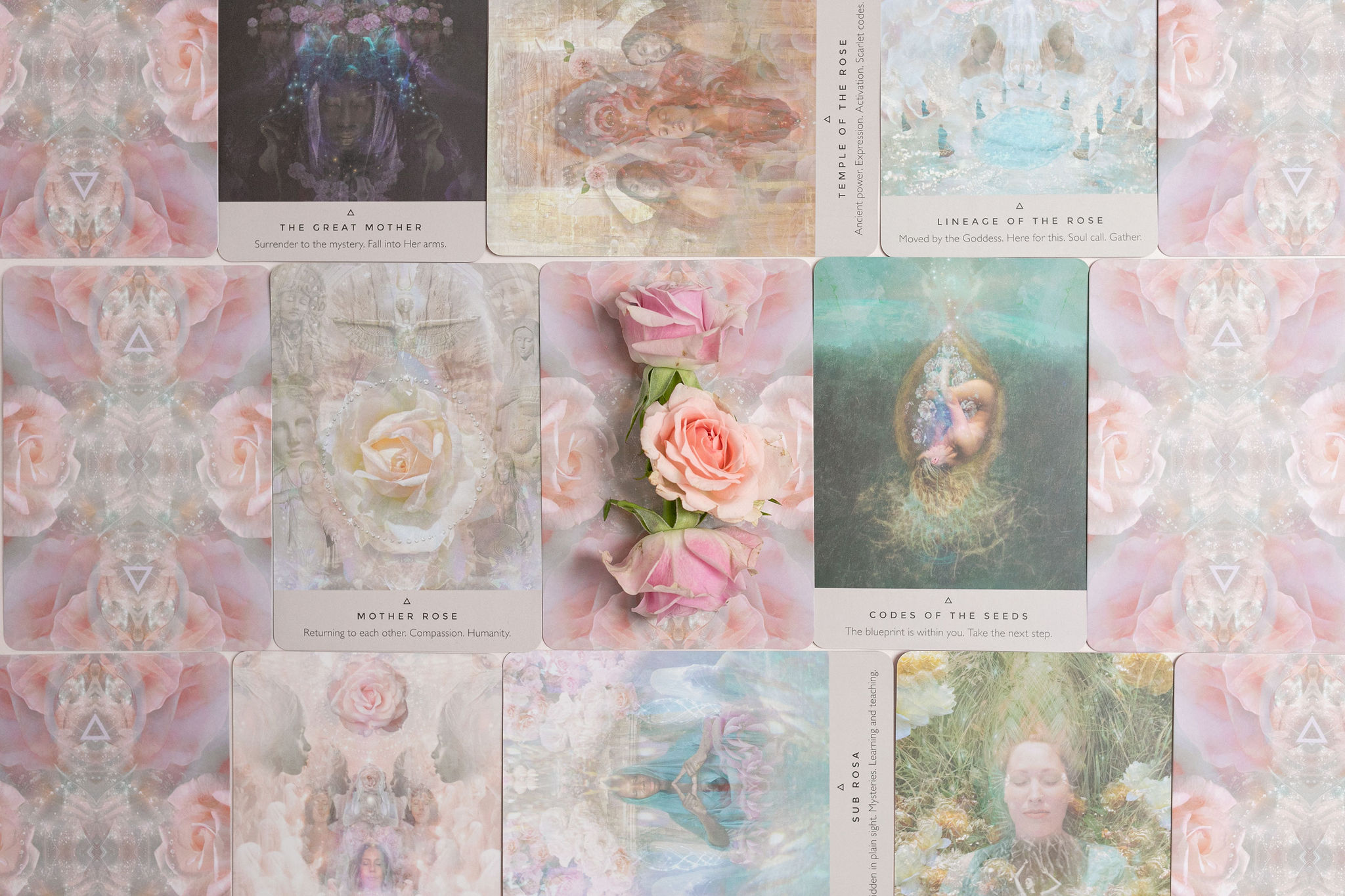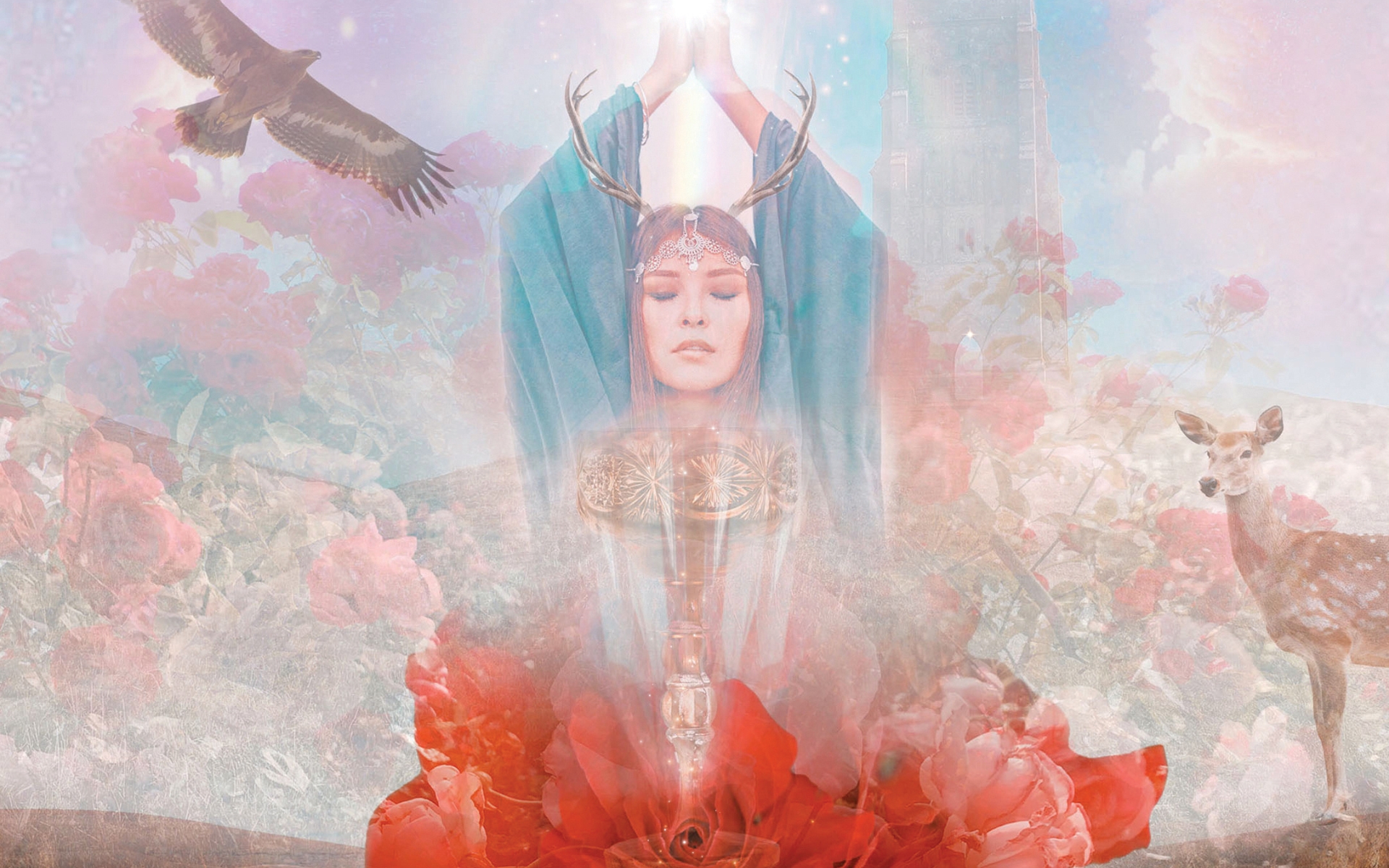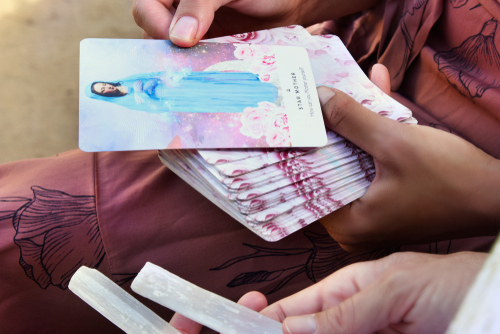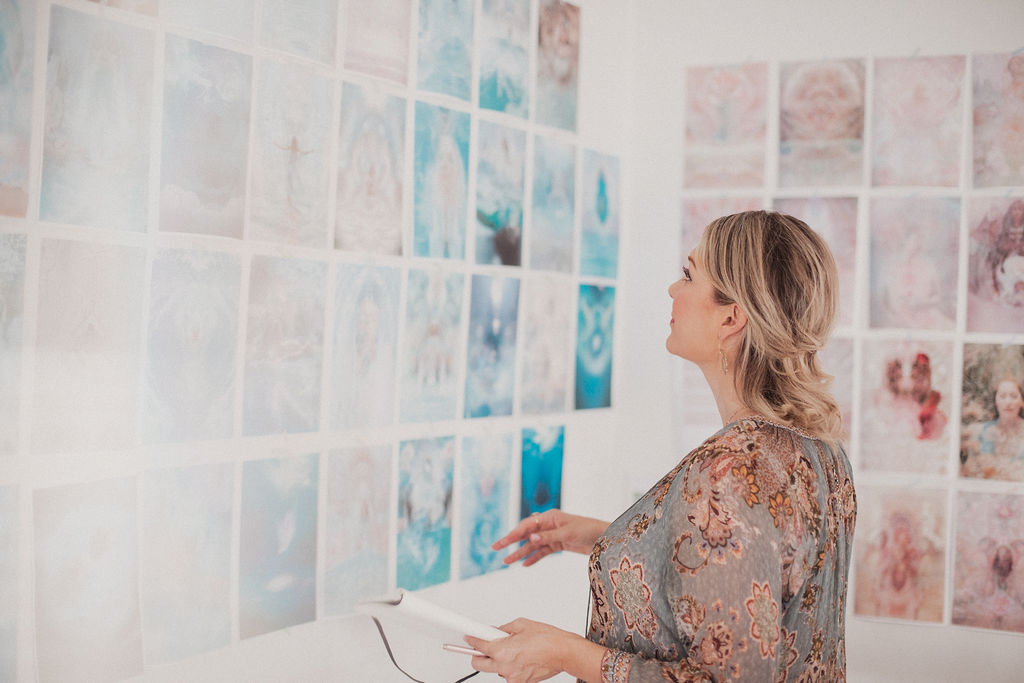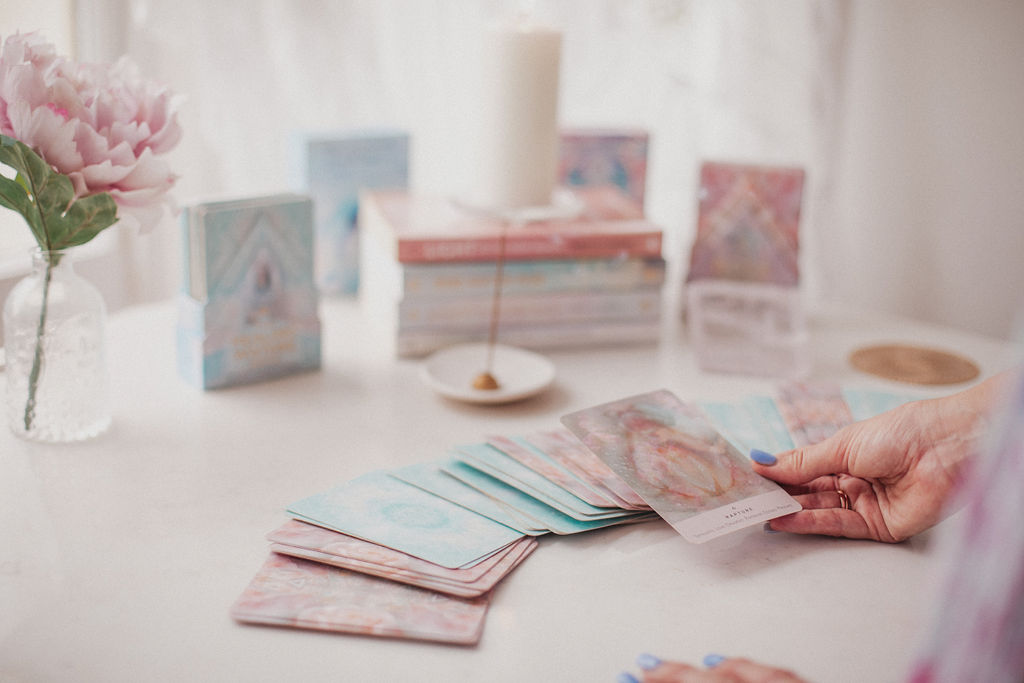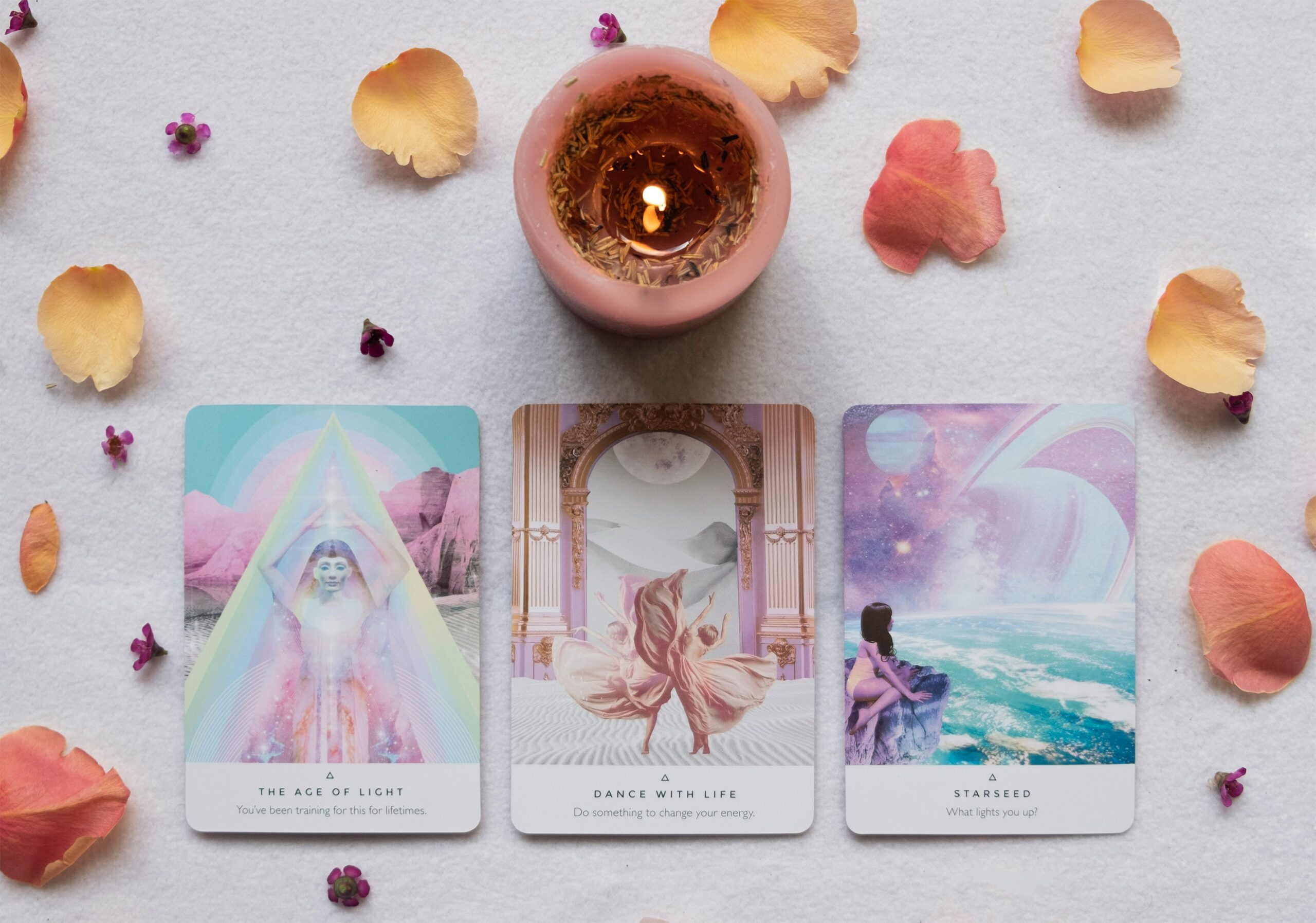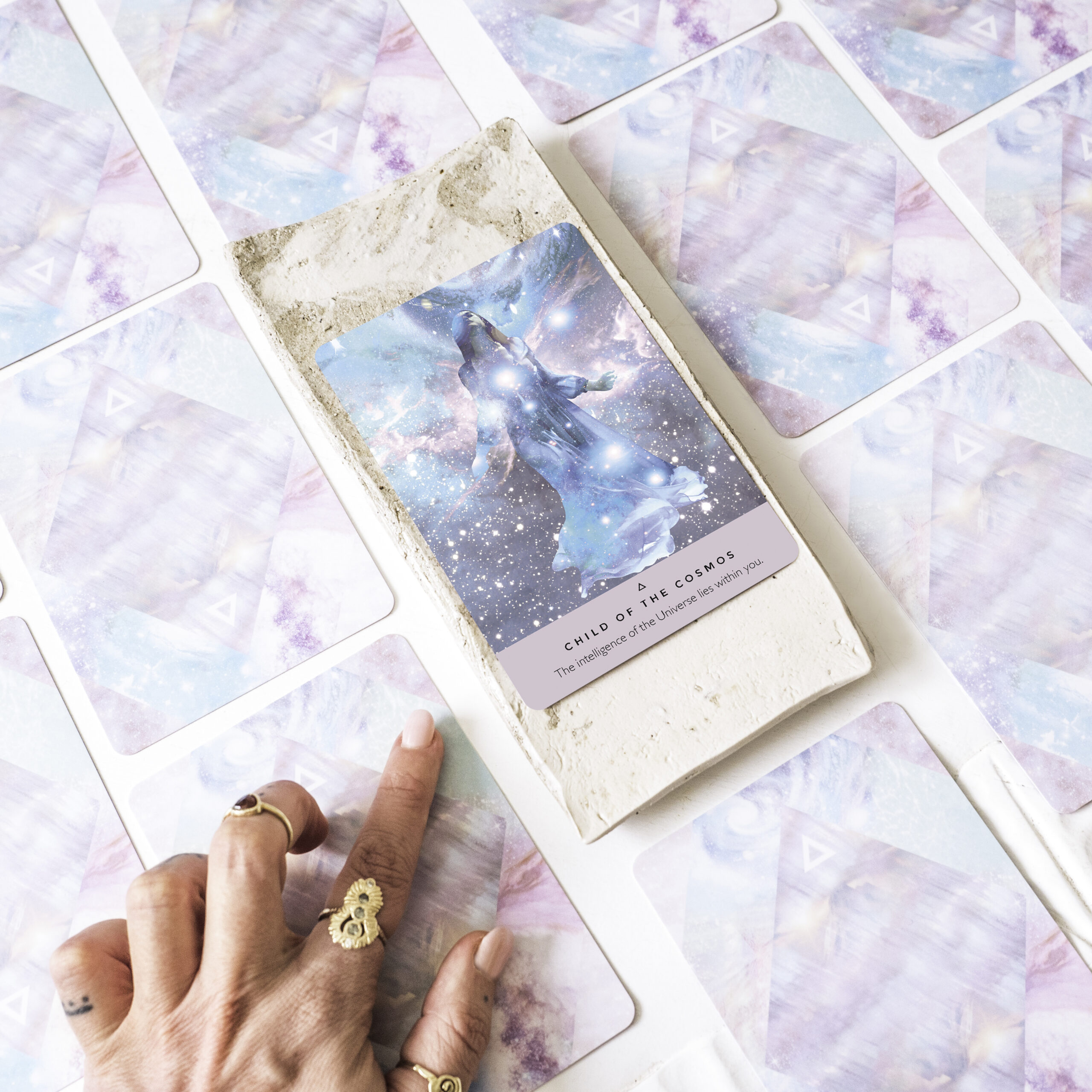Oracle Cards vs. Tarot Cards: Understanding the Differences
When exploring the mystical world of card reading for guidance and insight, you might come across two different types of cards. In this article, we will explore Oracle cards vs. Tarot cards.
While both serve as tools for divination, they cater to different preferences and styles. Oracle cards offer a more freeform approach, allowing you a wide canvas for personal interpretation. They come in various themes and number of cards and don’t follow a fixed structure. You can think of oracle cards as having a more flexible, personalized energy that can adapt to your individual journey.
Tarot cards have a more traditional and structured system, typically consisting of 78 cards split into the Major and Minor Arcana. Each card in a tarot deck carries a specific meaning, building upon a rich tradition that dates back centuries. Reading tarot cards involves understanding these established meanings and symbols, which can provide detailed insight into complex situations.
Professional card readers like myself have honed our craft in tarot and oracle card reading. We draw upon our experience to navigate the unique energies each type of card possesses. Whether you’re pulled towards the more structured world of tarot or the personalized touch of oracle cards, both can offer a reflective experience that helps you connect with your intuition and find the answers you’re seeking.
Defining Tarot and Oracle Cards
Historical Evolution: The Journey of Tarot and Oracle Cards
In ancient Europe, around the 15th century, magical cards called Tarot emerged. In the beginning, they were just for play, but over time, they became windows to the unknown. These cards, known as Trionfi in Italy, transformed into Tarocchi, holding 78 mystical portals – the Major and Minor Arcana.
Originally for games like Tarocchini, they later became tools for spiritual journeys, guiding seekers toward hidden truths. This led to two paths of Tarot: one for play, the other for divining mysteries.
In a different realm, Oracle cards whisper secrets from the past. Their origins are shrouded in mystery, touching hearts across many lands for ages. These cards are like a tapestry of themes, each unique and open to personal interpretation. They invite you into a world of spiritual exploration, unlike the structured paths of Tarot. Oracle cards are keys to inner realms, offering the freedom to see beyond, where each soul can find its own way.
What are Oracle cards used for?
Oracle cards are a divination tool that provides room for reflection and insight. You’ll find oracle decks with themes that range from angels to affirmations, designed to tap into your intuition and offer guidance tailored to your concerns or questions.
Exploring the Realm of Tarot Cards
Tarot cards invite you into a world of self-discovery and foresight. A tarot deck is like a mystical map, where each card plays a role in storytelling, helping you understand complex life patterns and predict potential outcomes.
Structural Differences
In exploring cartomancy, you’ll find that tarot and oracle cards each follow their own path. Let’s uncover the specifics of their structures:
Tarot Card Structure
A Tarot deck weaves two primary threads: the Major Arcana and Minor Arcana. The Major Arcana, 22 cards of profound wisdom, mirror life’s significant lessons. They usually remain constant across different tarot decks.
Complementing them, the Minor Arcana, with 56 cards, reflects the rhythm of daily life. This Arcana is split into four suits – Cups, Pentacles, Swords, and Wands. Each of them has ten numbered cards and four court figures: Page, Knight, Queen, and King.
These court cards breathe life into the suits, embodying social and personal dimensions. This traditional tapestry of 78 cards is a consistent guide through the Tarot’s enchanted journey, familiar in every deck.
Oracle Card Variability
Oracle cards dance in boundless imagination, untethered by rigid structures. They embrace the whispers of intuition, each deck an original universe. The number of cards in these mystical decks is not fixed – some may hold as few as 30, others more than 60, each card a unique voice in the chorus of guidance.
These decks wander through free-flowing themes, from celestial angels to earthly animals, with imagery in harmony with their mystical themes. Every card in an oracle deck is a window to new perspectives, celebrating the liberty of personal interpretation and the intimate bond between the reader and the cards.
Card Meanings and Uses
In the domain of guidance and self-discovery, both tarot and oracle cards serve as powerful tools, each with its own structure and method for revealing insights. While tarot cards follow specific traditions, oracle cards offer a more personal exploration of themes and messages.
Tarot Card Interpretations
Tarot cards consist of 78 pieces, with 22 Major Arcana cards and 56 Minor Arcana cards. The Major Arcana reflects major life events and personal journeys, while the Minor Arcana deals with day-to-day happenings. Each tarot card carries a traditional meaning. For example:
- The Fool: New beginnings, adventure, potential
- The Lovers: Relationships, choices, connections
When you see these cards during a reading, they suggest a common theme tied to their classic interpretations. A tarot deck has set meanings that remain largely consistent across different decks.
Oracle Card Guidance
Oracle cards have been my companion as both a professional tool and a personal guide. I’ve employed them for gaining clarity, engaging in self-reflection, and as a key element of my daily routine.
Unlike tarot, oracle decks don’t have a fixed structure. Oracle cards might include any number of cards, each with a specific meaning meant to spark your intuition. They often revolve around a central theme or purpose. Some popular types of oracle decks include:
- Angel cards which may provide comforting messages and affirmations
- Animal spirit cards that use creatures to symbolize life guidance
The meanings of oracle cards are more fluid, and much depends on the context of your question or the deck’s theme. During a reading, an oracle card draws on broader interpretations that can be deeply personal to you.
Cultivating Your Intuition: Tips for Effective Card Reading
Effective card reading bridges your conscious and subconscious mind. The right approach can deepen your understanding of tarot and oracle cards.
In the mystical art of tarot reading, weaving a tapestry of multiple cards in a layout unveils deep, complex insights. Each layout, with its own purpose, guides you through the story of life.Begin each day with the Soul Whispers spread, a two-card layout integral to my spiritual journey. This morning ritual provides me with clarity on two fronts: it uncovers what my soul urges me to focus on that day and offers a tangible step to follow this inner guidance.
There is also Three-Card Spread: one card revealing past influences, another illuminating the present situation, and a third hinting at future potential.
Oracle card decks, in contrast, invite a journey led by intuition rather than set spreads. Lay the cards as your heart guides, allowing them to speak their truths in your own personal language of understanding.
For professional readers, mastering both tarot and oracle card readings is common practice. If you read for yourself, remember to keep a journal. Note your readings and reflections. Also, practice regularly, as daily readings refine your intuition.
Navigating Challenges in Card Readings
Feeling puzzled by a card’s meaning is a common experience. When this happens, let the imagery guide you – notice what captures your attention. Trust your first instinct; it often reveals hidden truths.
Remember, whether it’s tarot or various oracle decks, each presents its own unique challenges. See these moments not as obstacles but as opportunities for growth and deeper understanding on your mystical journey.
The Superiority Debate: Tarot vs Oracle Cards
When navigating the mystical card readings, you may come across Tarot and Oracle cards. It’s easy to wonder if one is superior to the other. Here’s the simple truth: It’s not about one being better; it’s about what resonates with you.
Maybe you’re drawn to the structured guidance of Tarot or you might prefer Oracle’s flexible insight. Both decks have a place in the art of divination, and neither is factually superior. Your choice is deeply personal and reflects your unique connection to the spiritual world. Trust your intuition and let your heart lead the way.
How To Choose Between Oracle and Tarot
Choosing the right deck—Tarot or Oracle—can enhance your readings and bring clarity to your daily life. Each deck serves as a unique tool for introspection and guidance, and the choice you make should resonate with your personal journey and the themes you wish to explore.
Feel drawn to a deck that seems to speak to you. Tarot cards are ideal for structured storytelling and traditional symbolism, while Oracle cards are great for intuitive guidance with a specific theme you connect with.
Design and Artwork
Design can deeply impact your connection to the cards. Look for artwork that stirs your soul and enhances your understanding of the cards’ messages.
- Tarot: Classic designs can help represent situations in life with familiar symbols.
- Oracle: Diverse and eclectic artwork allows for a more abstract and personalized reading.
Ideal Tarot Decks for Aspiring Readers
Choose a Tarot deck that feels like a fit for your skill level and interest. Starting with a well-known deck can make learning easier.
- Beginner: The Rider-Waite deck is widely used and perfect for learning the ropes.
- Aspirant: Thoth Tarot by Aleister Crowley adds a layer of depth for those pursuing further knowledge.
Ideal Oracle Decks for Aspiring Readers
Oracle decks, unlike Tarot, don’t follow a set structure, providing a greater sense of freedom in readings.
- Beginner: Colette Baron-Reid’s decks often come with guidebooks to help you start.
- Aspirant: Rebecca Campbell’s decks, like “Work Your Light Oracle,” resonate with those seeking a deep spiritual connection.
My Oracle Decks
The Oracle decks I’ve crafted are beacons of inspiration and growth, illuminating paths to spiritual enlightenment and empowering your journey. “The Starseed Oracle” whispers daily cosmic insights, linking your spirit to the stars. Meanwhile, “Work Your Light Oracle” beckons you on a voyage of self-discovery and spiritual awakening.
Embrace the deck that resonates with your intuition, one that sparks a light within, guiding you to look inward for answers. Your journey with these cards is a reflection of your unique essence, and amongst them lies a deck that eagerly awaits the touch of your soul.
Find more Oracle decks here.
Tarot and Oracle Card Misconceptions
When exploring tarot and oracle cards, it’s essential to untangle fact from fiction. You might find surprising truths among common beliefs
Tarot Cards:
- Myth: Tarot cards are magical in themselves.
- Reality: The cards are tools for insight and reflection rather than sources of power.
Oracle Cards:
- Myth: Oracle cards are less serious than tarot.
- Reality: Oracle cards offer meaningful guidance and are as significant as tarot cards.
Rider-Waite Deck:
- Myth: All tarot decks are similar to the Rider-Waite deck.
- Reality: Many tarot decks exist, each with unique imagery and themes.
Playing Cards:
- Myth: Tarot and playing cards are interchangeable.
- Reality: While tarot cards can include a “Minor Arcana” similar to playing cards, they are distinct in purpose and design.
Angel Cards:
- Myth: Angel cards are a less valid form of spiritual tool.
- Reality: Angel cards, a type of oracle card, offer uplifting messages and have their own place in reflective practices.
Underlying Theme:
- Myth: You must be psychic to use these cards.
- Reality: Both tarot and oracle cards encourage personal interpretation and self-awareness; psychic abilities are not required.
Modern Trends and Developments in Divination Cards
In your journey with divination cards, you’ll notice new styles blooming in the Tarot and Oracle realms. Tarot cards, traditionally a 78-card deck, now come with expressive, inclusive art, mirroring our diverse world. You find decks focusing on cultural themes, modern aesthetics, or even pop culture. Oracle cards, more free in structure, have seen a surge in variety, each deck a unique world crafted by its creator.
Innovations in card material, like sustainable sources and high-quality finishes, add to the tactile experience. Some decks even incorporate augmented reality, merging ancient practice with modern tech. For a truly personal feel, custom decks let you participate in creation, making each card resonate with your intuition. Here’s a quick glance at what’s fresh:
- Diverse Tarot decks: Art that reflects all walks of life
- Themed Oracle cards: Infinite themes from nature to the stars
- Eco-conscious materials: Cards that care for the Earth
- Tech integration: Apps that bring decks to your phone
- Custom designs: Personalize your spiritual journey
These trends show a vibrant evolution, inviting you to find a deck that speaks to your soul. Embrace this new wave of divination, where tradition meets your unique spirit.
Expanding Your Divination Toolkit: Additional Resources
Expanding your knowledge and skills in divination can be an enchanting journey. You may discover that oracle cards and tarot cards speak to you differently, and both can enhance your intuition. To deepen your understanding, consider exploring various books that delve into the philosophies and techniques of these mystical tools.
Joining workshops and retreats can be a transformative experience. Engage with communities that share your interest in spirituality and divination. These events provide hands-on learning and connect you with like-minded individuals.
Online courses offer another avenue to enhance your craft at your own pace. These courses often cover a range of topics, from beginner to advanced readings. Interactive and reflective, they can guide you to a richer practice.
Remember, your divination path is unique, and enriching your toolkit with various resources will help you navigate this mystical terrain with confidence.
Final Thoughts
Both oracle and tarot cards are beacons of self-reflection and guidance, yet they whisper their wisdom differently. Oracle cards flow freely, varying in number and theme, and each deck has a unique tapestry for personal interpretation. Tarot cards, on the other hand, consist of 78 cards, weaving their magic through the structured dance of the Major and Minor Arcana. These subtle differences shape the way you connect with each deck’s insights.
When choosing between oracle and tarot cards, let your intuition guide you. Consider your purpose: Are you seeking daily guidance or a deeper exploration of life’s tapestry? Feel the connection: Which deck calls to your soul and feels like an extension of your spirit?
Reflect on their use: Will you journey with the cards for self-discovery, creative awakening, or navigating life’s crossroads? Your choice should be a personal communion with the cards, echoing the whispers of your inner voice.
Your journey into divination is yours to forge, with cards as companions along the path.
Frequently Asked Questions
Are Angel Cards the Same as Oracle Cards?
Angel cards are a type of oracle card. While oracle cards can have a variety of themes, angel cards specifically provide messages from angelic beings.
Can Beginners Use Oracle Cards as Easily as Tarot Decks?
Absolutely. Oracle cards are well-suited for beginners as they do not require as much knowledge about traditional card meanings as tarot decks do.
When Should You Not Read Tarot Cards?
You should avoid reading tarot cards when your mind is clouded with strong emotions or biases that could affect the clarity of the reading.
What is Another Name for Oracle Cards?
Oracle cards are also known as wisdom cards or divination cards, reflecting their purpose of offering insight and guidance.
Can you use oracle cards and tarot cards together?
Yes, combining the two can enhance a reading. You might draw a tarot spread, then pick an oracle card for summary advice. Remember to align with the reading’s spirit, not just its structure.
